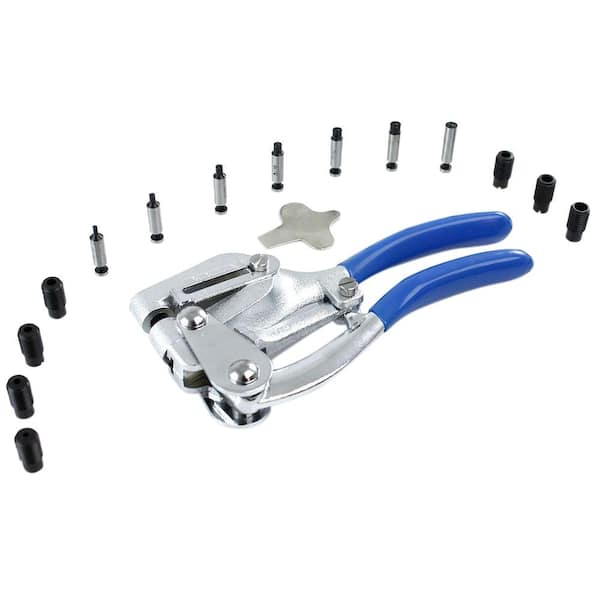

Look for high-density polyethylene (HDPE). The bucket must also be food-grade, so it will be safe to leave your beer in it for extended periods of time. You can find what you need to make an airlock or blow-off hose in the “How to Make an Airlock for Wine and Beer” section below. That’s okay, you can still use a 5-gallon bucket and make a blow-off hose.

What if I can’t find a 6-gallon or 3-gallon bucket? Your local Home Depot may be like mine and have mostly 5-gallon buckets. For half batches, use 3 or 3.5-gallon buckets. If you plan to make 5-gallon batches, look for 6 or 6.5-gallon buckets. When choosing a bucket, allow at least half a gallon of extra room so the beer, wine or mead has space to ferment. I already have a 6-gallon fermenter, so I made a 3.5-gallon bucket to use for small batches. The standard brew size is 5 gallons, and the extra space in the fermenter means no blow-off hose will be needed. The most common fermenter sizes are 6 gallons and 6.5 gallons. How to Make a Homemade Fermentation Bucket 1. The essential supplies are a drill and drill bits, a grommet, an airlock, and a bucket. If you do need to buy stuff online, I put together a DIY Fermentation Bucket List to save you some time. You’re more likely to save money shopping at your local stores than online. My 3-gallon bucket, lid, and grommet cost $15. 1 food-grade plastic bucket (6-gallons is a common size).

What You Need to Make Your Own Beer Fermenter

Whether you want to save money, don’t have a homebrew store nearby, or just happen to have a bucket that you need to use, there are only a few simple steps to make your own homemade fermenter. The bucket is the go-to fermenter for homemade beer and wine, but it’s easy to make one with a few tools.


 0 kommentar(er)
0 kommentar(er)
